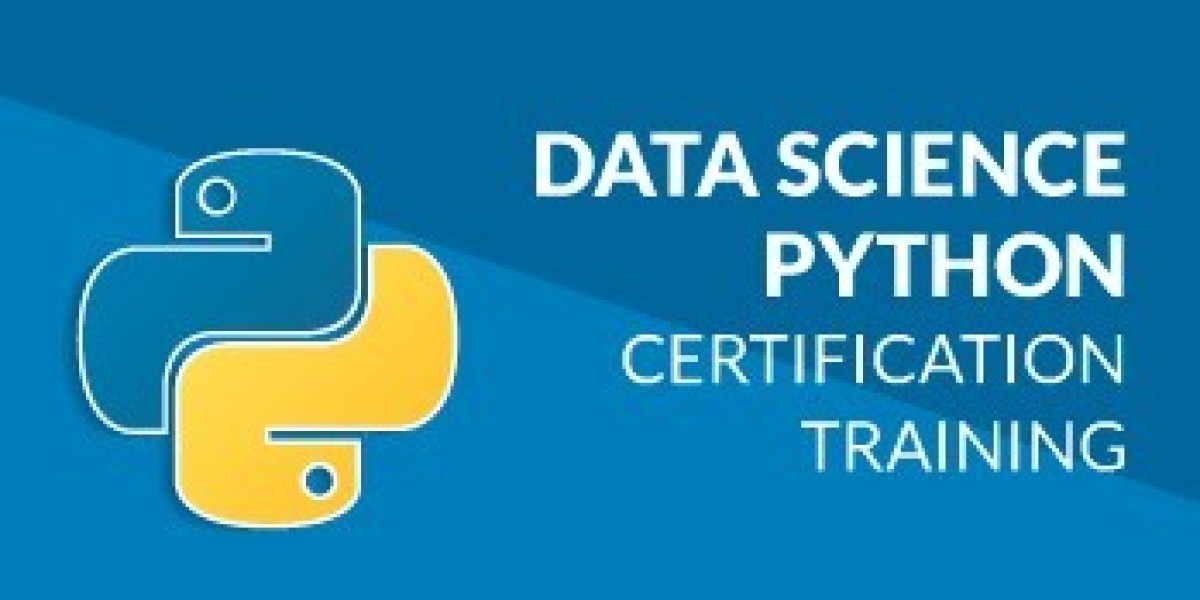In data science, semi-structured data refers to data that does not conform to the rigid structure of traditional relational databases but still has some level of organization. Unlike structured data, which fits neatly into tables with predefined rows and columns, semi-structured data allows for variability and flexibility in its organization. This type of data is often encountered in various real-world scenarios where information comes from diverse sources and may have different formats.
One of the most common representations of semi-structured data is in JSON (JavaScript Object Notation) format. JSON allows for nested data structures with key-value pairs, providing a flexible way to store and exchange data between systems. Another popular format for semi-structured data is XML (eXtensible Markup Language), which also allows for hierarchical data organization.
Semi-structured data is prevalent in many data science applications, including web scraping, log files, social media data, sensor data, and NoSQL databases. Extracting and processing semi-structured data can be more challenging than working with structured data, as it requires specialized tools and techniques that can handle the varying schema and hierarchies.
In data science, techniques like JSON parsing, XPath or XQuery for XML, and NoSQL databases are commonly used to work with semi-structured data effectively. Data scientists need to be adept at handling the inherent flexibility of semi-structured data and transforming it into a structured format for analysis and insights. The ability to extract valuable information from semi-structured data is crucial in modern data-driven applications, where diverse and unstructured data sources are becoming increasingly prevalent.







